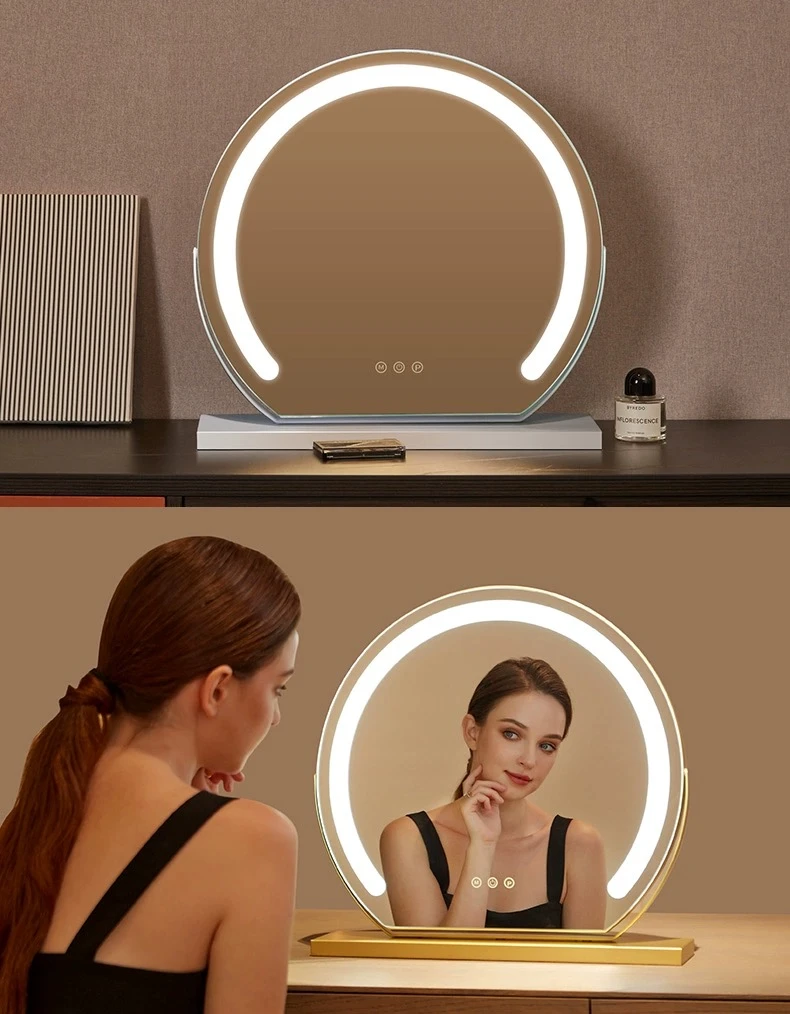

Frosted Toughened Glass A Modern Solution for Aesthetic and Safety Needs
Frosted toughened glass has emerged as a popular choice in contemporary architecture and interior design, blending aesthetic appeal with safety and durability. This unique material combines the strength of toughened glass with a frosted finish, resulting in a versatile product that meets various design and functional needs. As we explore the many benefits and applications of frosted toughened glass, we can appreciate its role in enhancing spaces while prioritizing safety.
Understanding Frosted Toughened Glass
To fully grasp the advantages of frosted toughened glass, it is essential to understand its components. Toughened glass, also known as tempered glass, is produced through a heating and cooling process that increases its strength compared to standard glass. This process transforms the glass into a robust material that can withstand substantial impact, thermal fluctuations, and even breakage, reducing the risk of injury.
Frosted glass, on the other hand, is created through several methods, including sandblasting or acid etching, which create a translucent finish by diffusing light. This frosted effect maintains privacy while allowing natural light to enter a space—a superior alternative to traditional opaque materials. The combination of these two features yields a product that is not only safe but also visually appealing.
Applications in Architecture and Interior Design
Frosted toughened glass can be incorporated into various architectural elements, from doors and windows to partitions and balustrades. Its ability to diffuse light makes it a popular choice for bathroom windows and shower enclosures, where privacy is paramount. Utilizing frosted glass in these areas creates a serene atmosphere, allowing light to filter through without compromising comfort.

In commercial settings, frosted toughened glass is frequently used in office partitions. This design choice fosters an open environment while granting employees the privacy needed for focused work. Additionally, frosted glass enhances aesthetics by providing a modern look that aligns with contemporary design trends. Branding opportunities also arise in this context, as businesses can etch logos or designs onto the glass surface, merging functionality with marketing strategies.
Moreover, frosted toughened glass can serve as an elegant solution for staircases and balconies. Its strength ensures safety while adding a sleek visual element to homes and offices alike. As people increasingly seek to create open and airy spaces, this material plays a pivotal role in achieving those design goals.
Safety and Longevity Benefits
The safety features of frosted toughened glass cannot be overstated. In the unfortunate event of breakage, toughened glass shatters into small, blunt pieces rather than sharp shards. This aspect significantly reduces the likelihood of injury, making it an ideal choice for both residential and commercial environments, particularly where children or foot traffic are present.
The longevity of frosted toughened glass is another factor that sets it apart from other materials. Its resistance to thermal stress means it can withstand extreme temperatures without warping or breaking. Furthermore, its scratch-resistant surface reduces maintenance efforts, as it can be cleaned easily and resists wear over time. Consequently, property owners find frosted toughened glass to be a cost-effective investment.
Conclusion
Frosted toughened glass perfectly encapsulates the balance between aesthetic appeal and functional security. Its applications span various environments, from private residences to corporate offices, facilitating innovative design solutions without compromising safety. As we move toward a future that prioritizes transparency, openness, and style, frosted toughened glass stands out as a prime choice that meets these evolving needs. Whether used for its practical benefits or its elegant appearance, this remarkable material continues to reshape our understanding of modern design.